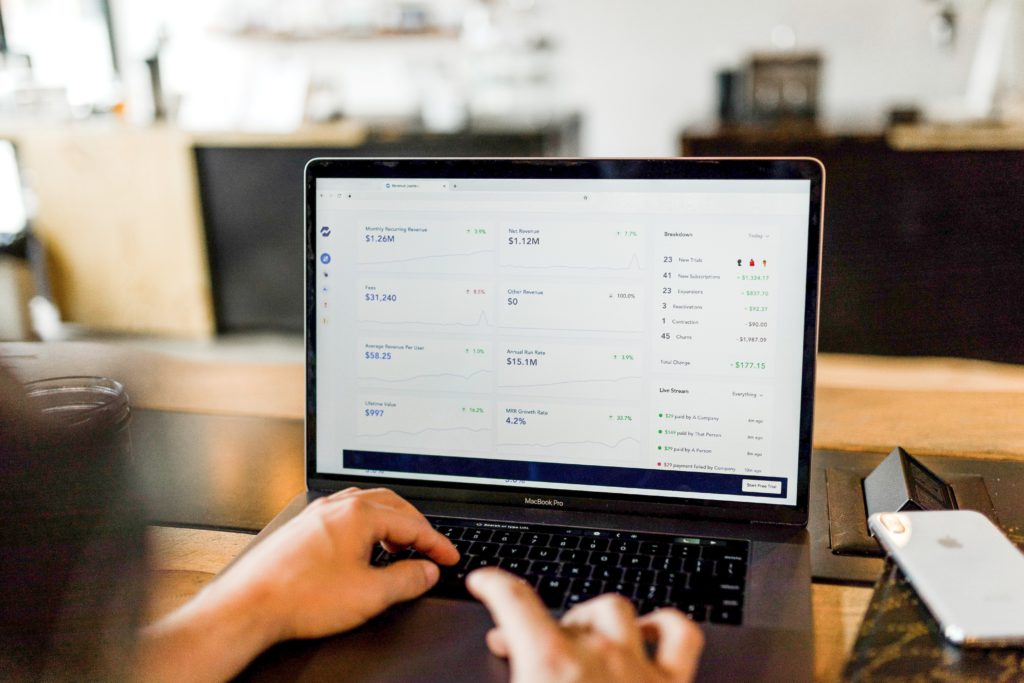“If you are competitor-focused, you have to wait until there is a competitor doing something. Being customer-focused allows you to be more pioneering.” These are the words of arguably the biggest eCommerce guru on the planet today, Jeff Bezos. To be customer-focused, data must be your starting point. In fact, the epicenter of eCommerce is all about data and metrics. It is like virgin lands. Maybe there are minerals or oil deposits down below, or maybe they’re suitable for agriculture. Either way, you can’t really know what to do with it until you start digging.
Data analytics, on the other hand, is what keeps companies from wandering out – blind and deaf – into the web like a deer on the freeway. It is the heart and soul of eCommerce.
Adopt Data Analysis As A Core Ecommerce Business Function
For most new eCommerce entrepreneurs, running the business is highlighted by a lot of focus on the fundamentals, you know? Building a website, inventory management, processing payments, processing shipment, and so on. Don’t get us wrong; all these are important. However, what separates the average eCommerce entrepreneurs from the elite club of industry leaders is the attention to detail—a shift towards raw data analysis primarily geared towards cost reduction, customer retention, and revenue generation.
The right data analytics will help you know when, what, where, and how to make optimal changes. Let’s now examine the five most overlooked data metrics in eCommerce.
Metrics #1: Purchase Frequency
As the name suggests, purchase frequency is simply the number of times that a successful order is made over a specific time period by a single customer. A study by RJMetrics found that returning customers “spend three times more per order than new customers, while the most loyal customers (top 1%) spend five times more than the bottom 99%”.
Studies have established that it is way more expensive to acquire a new customer than retain an existing one. Therefore, determining the purchase frequency metrics can help eCommerce entrepreneurs figure out which customers need to be retained and eventually converted to “loyal” customers. These metrics inform company actions regarding targeted campaigns to new and existing customers.
Metrics #2: Customer Acquisition Cost (CAC)
Also known as cost per acquisition, CAC is simply the cost incurred to convince a new customer to buy your product or service. Calculating this metric is perhaps one of the most straightforward yet easily overlooked. All you have to do is compute the total costs incurred in acquiring customers over a specific time period (advertisements, campaigns, content creation, and so on). Divide that figure with the number of new customers acquired during said period to get the average CAC per customer. This metric can then be used to evaluate the e-commerce business’ profitability as well as inform decision making regarding campaign budgeting and cost reduction in general.
Metrics #3: Customer Lifetime Value (CLV)
Customer Lifetime is a measurement of the total worth a customer is to business throughout their relationship. It is analyzed beyond just the first purchase. Generally speaking, eCommerce businesses incur fewer costs to retain customers than to acquire new ones. Therefore, it makes much more sense to increase the “total worth” of existing customers as the driver of business growth. For example, if the CLV of an average e-cigarette buyer is $1,500 and it costs just about the same, in terms of marketing and advertising costs, to acquire a new customer, the business may want to look into their advertising costs.
CLV data can help eCommerce businesses to formulate better strategies regarding budgeting, forecasting, and marketing. It can also guide decision making in customer retention and order frequency.
Calculating CLV involves taking the average order value of a single customer and multiplying it by the frequency of their purchase and their average lifespan. There are a number of ways we can help you calculate your CLV at FoxMetrics.
Metrics #4: Top Exit Pages
An exit page refers to the page that a visitor to your site last checked before leaving your site after having visited more than one page. It must not be misconstrued as a bounce rate – which is a visitor who left your site after viewing only one page. Examining your exit pages allows you to optimize your purchase funnel to boost conversion rates.
Ideally, you want your top exit page to be where the customer completes a purchase. Anything short of this could mean a number of different things. For instance, if the top exit page is right before the completion of a purchase order, it could imply an issue with your purchasing process. On the other hand, if your top exit page is a product page, it could imply that visitors were either comparing prices with your competitors or product presentation has issues.
If the top exit page is the thank you page after order purchase completion, then you are doing everything right.
Metrics #5: Time to Purchase (Days and Visits)
The time to purchase metric refers to the duration a visitor takes – from the first time they visit the site – to make a successful purchase. It gives important insights into buyer behavior. There are many tools available, including Google Analytics, to help you determine this metric. Ecommerce businesses can use this metric to formulate re-campaign strategies to be in tune with customer behavior, thus boosting conversions; while cutting costs by avoiding unnecessary campaigns.
Parting Shot
Data analytics is the cornerstone of all successful eCommerce businesses. Not only is it a way to gauge marketing campaign performance, but it is also the gateway to understanding true customer behavior. It can help formulate strategies to cut costs, boost conversions, improve ROIs, and promote overall customer satisfaction.

